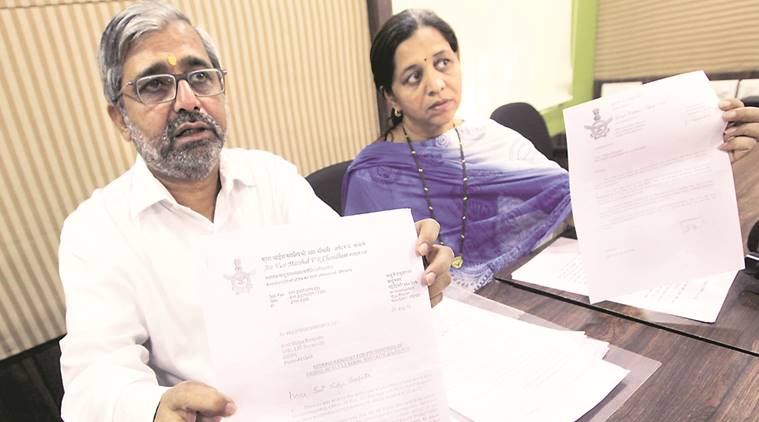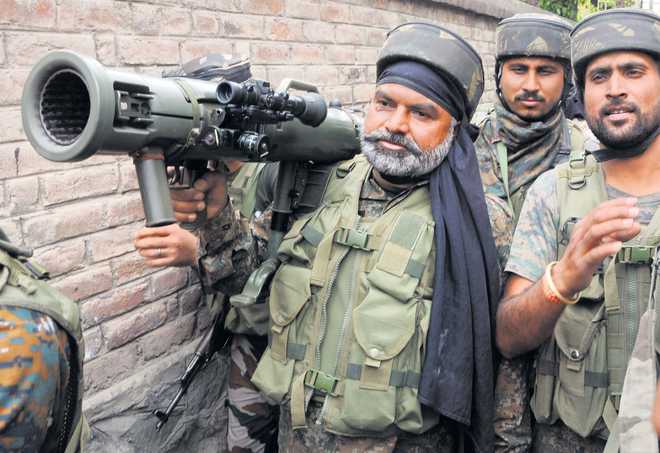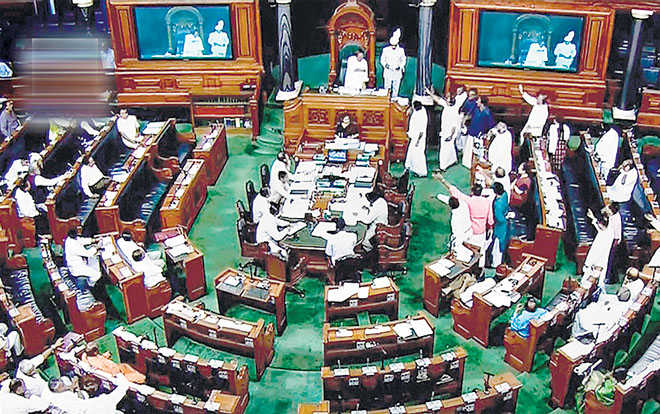here is stiff resistance from the Indian Air Force to theaterisation, or setting up of integrated commands where the assets of all three defence arms would come under the operational control of a three-star officer from any of the three services.

The Indian Air Force has harmed itself by opposing ‘theaterisation’ and this has resulted in weakening of trust between it and the army and the navy, a top navy officer wrote in a new paper published by defence think-tank Centre for Joint Warfare Studies (Cenjows) on Friday in a rare criticism of one service by a serving senior officer in another.
The paper, titled ‘The IAF and Theaterisation — Misplaced Apprehensions,’ is a deep dive into the military’s approach towards enhancing so-called jointmanship and its progression tow-ard theaterisation. Jointmanship refers to a degree of co-ordination and integration in terms of both strategy and execution across the three services. Theaterisation refers to placing under a Theatre Commander, specific units of the army, the navy, and the air force.
There is stiff resistance from the IAF to theaterisation, or setting up of integrated commands where the assets of all three defence arms would come under the operational control of a three-star officer from any of the three services, depending on the function assigned to that command.
“By continuing to stress on a ‘do it alone’ command structure, the IAF has only harmed itself. It has resulted in a weakening of trust with the other two services who have attempted to resolve the issue by investing into integral air power,” rear admiral Monty Khanna wrote.
Cenjows was set up by the defence ministry over a decade ago.
The two-star admiral is currently posted at the prestigious Defence Services Staff College, Wellington, where he is the navy’s chief instructor.
Citing the examples of the navy and army deploying air assets, Khanna notes in the paper, “This chipping away of IAF roles will continue until the fundamental issue of trust is addressed. For doing so, the IAF would need to embrace the deepening of its integration with the other two services rather than back-pedal on this relationship.”
The principle of “one front, one commander” would require the cutting down the number of existing commands from 14 to around four. While all the three services would be impacted, the IAF could get the short end of the stick with the most to lose, the paper states.
“This is the 800 pound gorilla in the room which often unites the three services in opposing theaterisation. Understandably, opposition from the IAF is the most vehement.” Khanna wrote. This is an issue that the three services have to resolve among themselves and thereafter take up with the government.
Cenjows director, lieutenant general Vinod Bhatia (retd), described the paper as “very significant” as it made a strong case for theaterisation at a time it is “very much required” and being pushed by the government.
“We are opposed to the idea of theater commands and have articulated our stand to the government,” said Air Marshal KK Nohwar (retd), who heads the Centre for Air Power Studies.
While a navy official refused to comment, saying that the admiral had authored the paper for a think tank, defence ministry officials declined to react, saying they hadn’t read the paper.








































































